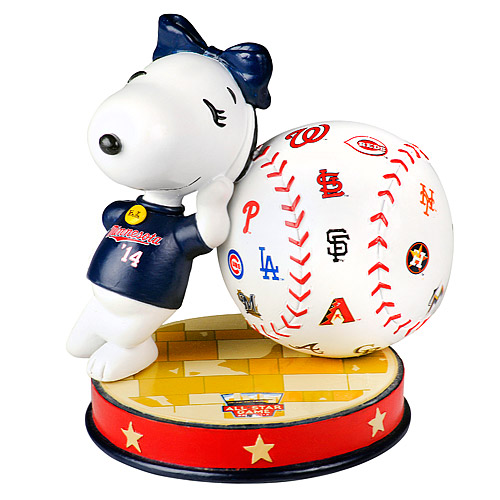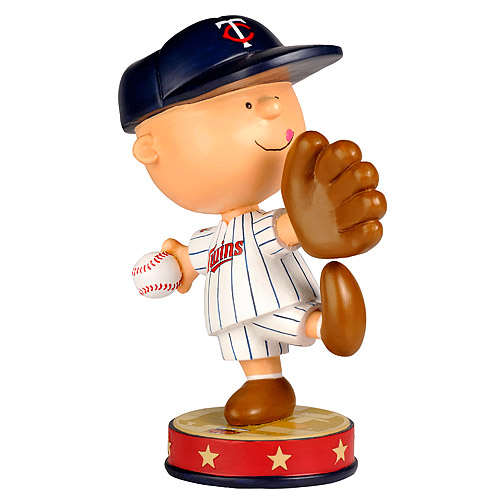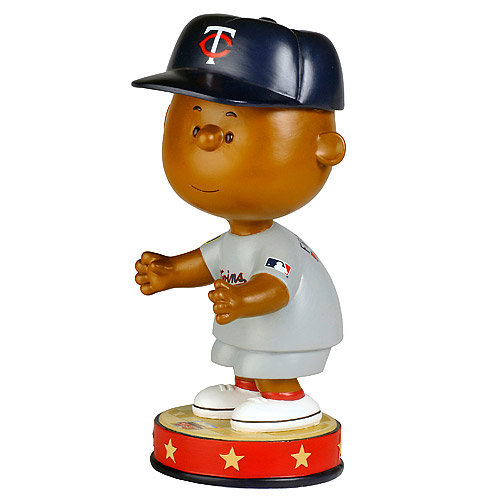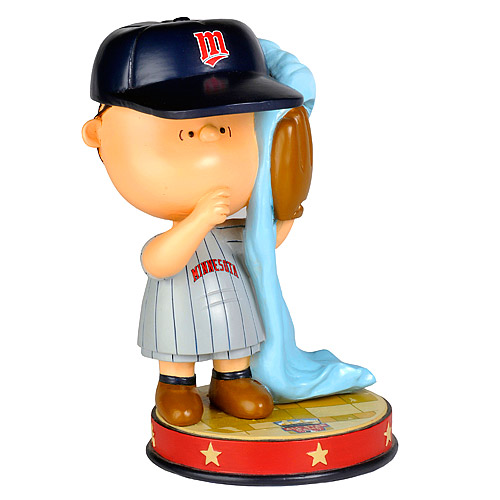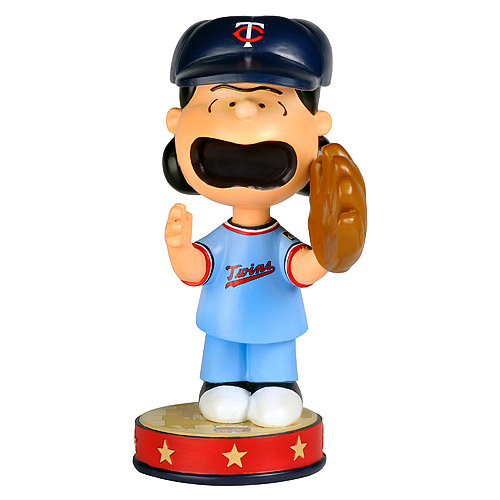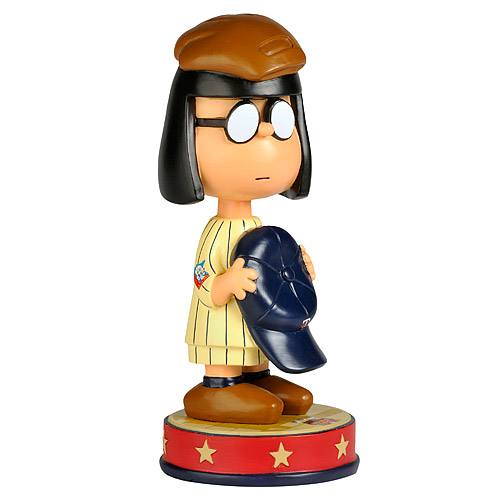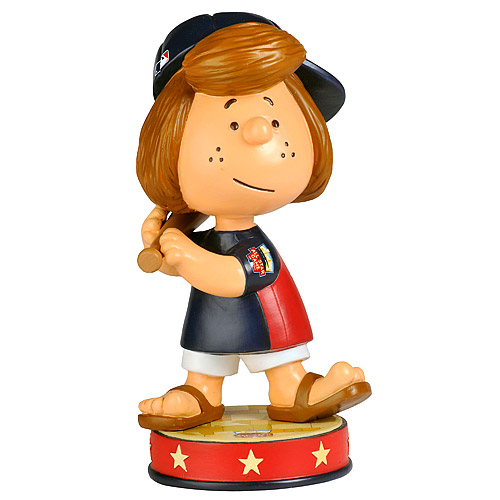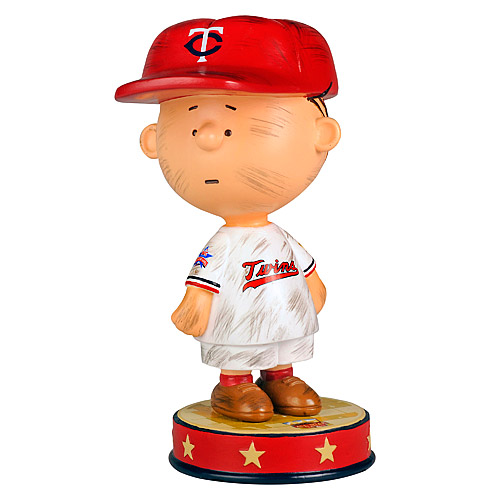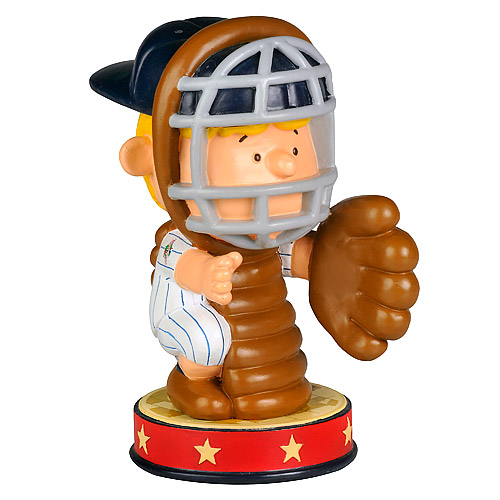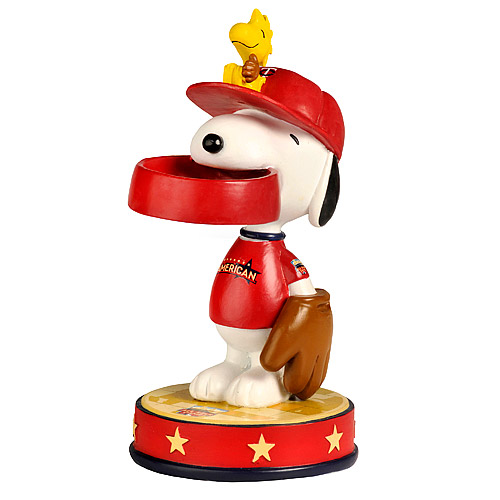 The MLB First-Year Player Draft may not be as popular as the NFL draft but is is still a fun and entertaining event that many baseball fans wait for all year. In the NFL, the players drafted will be putting on that teams colors come Fall but in baseball a draftee might spend years in the minor leagues learning his craft before he ever gets a sniff of a big league clubhouse. There are web sites devoted strictly to the MLB draft and as draft day get closer and closer you can find “mock drafts” showing who your team will draft everywhere, 99.9% of them will be wrong but never the less it is still fun to look at them.
The MLB First-Year Player Draft may not be as popular as the NFL draft but is is still a fun and entertaining event that many baseball fans wait for all year. In the NFL, the players drafted will be putting on that teams colors come Fall but in baseball a draftee might spend years in the minor leagues learning his craft before he ever gets a sniff of a big league clubhouse. There are web sites devoted strictly to the MLB draft and as draft day get closer and closer you can find “mock drafts” showing who your team will draft everywhere, 99.9% of them will be wrong but never the less it is still fun to look at them.
The first draft took place in 1965, it was introduced to prevent richer teams from negotiating wealthier contracts with top-level prospects and therefore, monopolizing the player market. Originally, three drafts were held each year. The first draft took place in June and involved high-school graduates and college seniors who had just finished their seasons. The second draft took place in January for high school and college players who had graduated in December. The third draft took place in August and was for players who participated in American amateur summer leagues. The August draft was eliminated after two years, and the January draft lasted until 1986. Rick Monday became MLB’s first draft pick after being selected by the Kansas City Athletics
MLB will hold day one of the 2014 First-Year Player Draft on June 5th at MLB Network’s Studio 42 in Secaucus, New Jersey. The Draft will be aired live on the MLB Network starting at 7:00 p.m. (ET). As is the case with most events of this type, the MLB talking heads will analyze the up-coming draft in a one hour pre-draft preview show.
The selection order of the First-Year Player Draft is determined by the reverse order
of finish at the close of the previous season. The Houston Astros will have the first overall selection of the 2014 Draft, marking the third consecutive year, and the fifth time in club history, that they hold the top selection (previous: 1976, 1992, 2012, 2013). It marks the first time ever that a club has the top pick in three consecutive years. In addition, the Astros are the third club in history to hold the top selection at least five times, joining the New York Mets and San Diego Padres (five each).
Six clubs, the Toronto Blue Jays (9th and 11th), the Kansas City Royals (17th and 28th), the Cincinnati Reds (19th and 29th), the Cleveland Indians (21st and 31st), the Boston Red Sox (26th and 33rd) and the St. Louis Cardinals (27th and 34th) have two selections in the first round. The Indians, Miami Marlins and Royals each have a league high four selections within the first 68 picks during the opening day of the Draft.
The Draft will once again feature Competitive Balance rounds, which were agreed upon as a part of the 2012-2016 Basic Agreement between MLB and the Major League Baseball Players Association. The Competitive Balance rounds give clubs with the lowest revenues and in the smallest markets the opportunity to obtain additional draft picks through a lottery, which was held last July. The 10 clubs with the lowest revenues and the 10 clubs in the smallest markets were entered into a lottery for the six selections immediately following the first round of the First-Year Player Draft (picks 35-41; excluding pick 36, which Miami holds as compensation for an unsigned 2013 selection). The eligible clubs that did not receive one of the six selections after the first round, and all other payee clubs under the Revenue Sharing Plan, were entered into a second lottery for the six picks
immediately following the second round of the Draft (picks 69-74).
The Draft will have 40 rounds, and a club may pass on its selection in any round and not forfeit its right to participate in other rounds. Like each of the previous five years, the 2014 Draft will span three days. For day one on June 5th, MLB Network and MLB.com will provide live pick-by-pick coverage during the first round, Competitive Balance Round A, the second round and Competitive Balance Round B. The intervals between selections will last four and a half minutes during the first round and one minute during Competitive Balance Round A, the second round and Competitive Balance Round B. The Draft will resume at 1:05 p.m. (ET) on both June 6th and June 7th via conference call from MLB headquarters in New York City.
June 6th will cover rounds three through 10, and June 7th will cover rounds 11 through 40. Rounds three through 10 will have one minute between selections, and the remainder of the selections will be made without delays.
According to MLB, of the 853 players who were on 2014 Opening Day 25-man rosters,
disabled lists and restricted lists, a total of 650 players were selected in the MLB Draft. As ccould be expected, the earlier picks do in fact show the highest returns of Major League players, as the 143 players chosen in the top 30 selections amounted to 22.0% of the 650 Opening Day players who went through the Draft en route to the Major Leagues. Picks 31-60 generated 12.0% (78) of the players, and picks 61-90 turned out 10.0% (65), picks 91-120 generated 6.9% (46) and picks 121-159 generated 8.6% (56) players. Kansas City’s outfielder Jarrod Dyson is the latest draft pick in the Major Leagues on Opening Day rosters, he was chosen in round 50 of the 2006 Draft by the Royals.
The Twins have five picks in the top 140 owning the rights to the 5th, 46th, 79th, 110th and 140th selections.
Twins Draft History
 The Minnesota Twins first selection ever (Round 1 – 9th over-all in 1965) was shortstop Eddie Leon from Arizona University but he chose not to sign with Minnesota. Leon went on to play for three big league teams but never hit it big playing in 601 games over 8 years hitting for a .236 batting average with 24 home runs.
The Minnesota Twins first selection ever (Round 1 – 9th over-all in 1965) was shortstop Eddie Leon from Arizona University but he chose not to sign with Minnesota. Leon went on to play for three big league teams but never hit it big playing in 601 games over 8 years hitting for a .236 batting average with 24 home runs.
The Twins have had the first pick over-all twice, in 1983 when they selected RHP Tim Belcher from Mount Vernon Nazarene University and again in 2001 when they selected catcher Joe Mauer from Cretin-Derham Hall High School. Tim Belcher chose not to sign with Minnesota but went on to have a long 14 year big-league career with 7 different teams putting up a 146-140 won/lost record. Joe Mauer has been with the Twins since 2004.
The current 25 man Minnesota roster has six players selected by the Twins in round one, RHP Kyle Gibson in 2009 was 21st over-all, outfielder Aaron Hicks in 2008 was 14th over-all, outfielder/Ib Chris Parmelee in 2006 was 20th over-all, 3B Trevor Plouffe in 2004 was 20th over-all, closer LHP Glen Perkins in 2004 was 22nd over-all, and 1B Joe Mauer who the Twins picked number one over-all in 2001.
A number of Twins first round picks have moved on such as outfielder Ben Revere who was 28th over-all in 2007, RHP Matt Garza who was picked in 2005 and the 25th over-all selection, outfielder Denard Span in 2002 number 20 over-all, outfielder Michael Cuddyer in 1997 was 9th over-all, and finally outfielder Torii Hunter who is still playing good ball with the Tigers was selected 20th over-all back in 1993. Hunter is playing in his 18th big league season at the age of 38. How time flies….
 The first player to be drafted in the first round by Minnesota and make the Twins roster was outfielder Steve Brye who the Twins selected number one and 17th over-all in 1967. Brye debuted with Minnesota in September of 1970 and appeared in 697 games for the Twins between 1970 and 1978 hitting .258 with 30 home runs.
The first player to be drafted in the first round by Minnesota and make the Twins roster was outfielder Steve Brye who the Twins selected number one and 17th over-all in 1967. Brye debuted with Minnesota in September of 1970 and appeared in 697 games for the Twins between 1970 and 1978 hitting .258 with 30 home runs.
Five Years Ago – 2009 draft
The Twins selected Kyle Gibson number 1, catcher Chris Herrmann number 6, and 2B Brian Dozier number 8, all were picked after spending time in college. No other players drafted by Minnesota that year have made it to the big leagues.
Ten Years Ago – 2004 draft
The Twins selected Trevor Plouffe number 1-20, Glen Perkins number 1-22, RHP Kyle Waldrop 1-25, RHP Matt Fox 1s-35, RHP Anthony Swarzak in round 2, infielder Matt Tolbert in round 16, outfielder Rene Tosoni in round 34.
 Travis Lee was a Steve Boras client and was initially drafted as the second pick over-all in the 1996 Major League draft by the Minnesota Twins, but was declared a free agent by MLB through a loophole after the Twins failed to tender him a contract within fifteen days of the end of the draft. He then signed a four-year, $10 million contract with the Arizona Diamondbacks. Lee did not turn out to be the super-star everyone expected him to be but he did play in the big leagues from 1998 to 2006 appearing in 1,099 games hitting .256 with 115 home runs.
Travis Lee was a Steve Boras client and was initially drafted as the second pick over-all in the 1996 Major League draft by the Minnesota Twins, but was declared a free agent by MLB through a loophole after the Twins failed to tender him a contract within fifteen days of the end of the draft. He then signed a four-year, $10 million contract with the Arizona Diamondbacks. Lee did not turn out to be the super-star everyone expected him to be but he did play in the big leagues from 1998 to 2006 appearing in 1,099 games hitting .256 with 115 home runs.
Will this years Minnesota Twins first round pick be stud or a dud? It could be years before we know.
Like this:
Like Loading...








